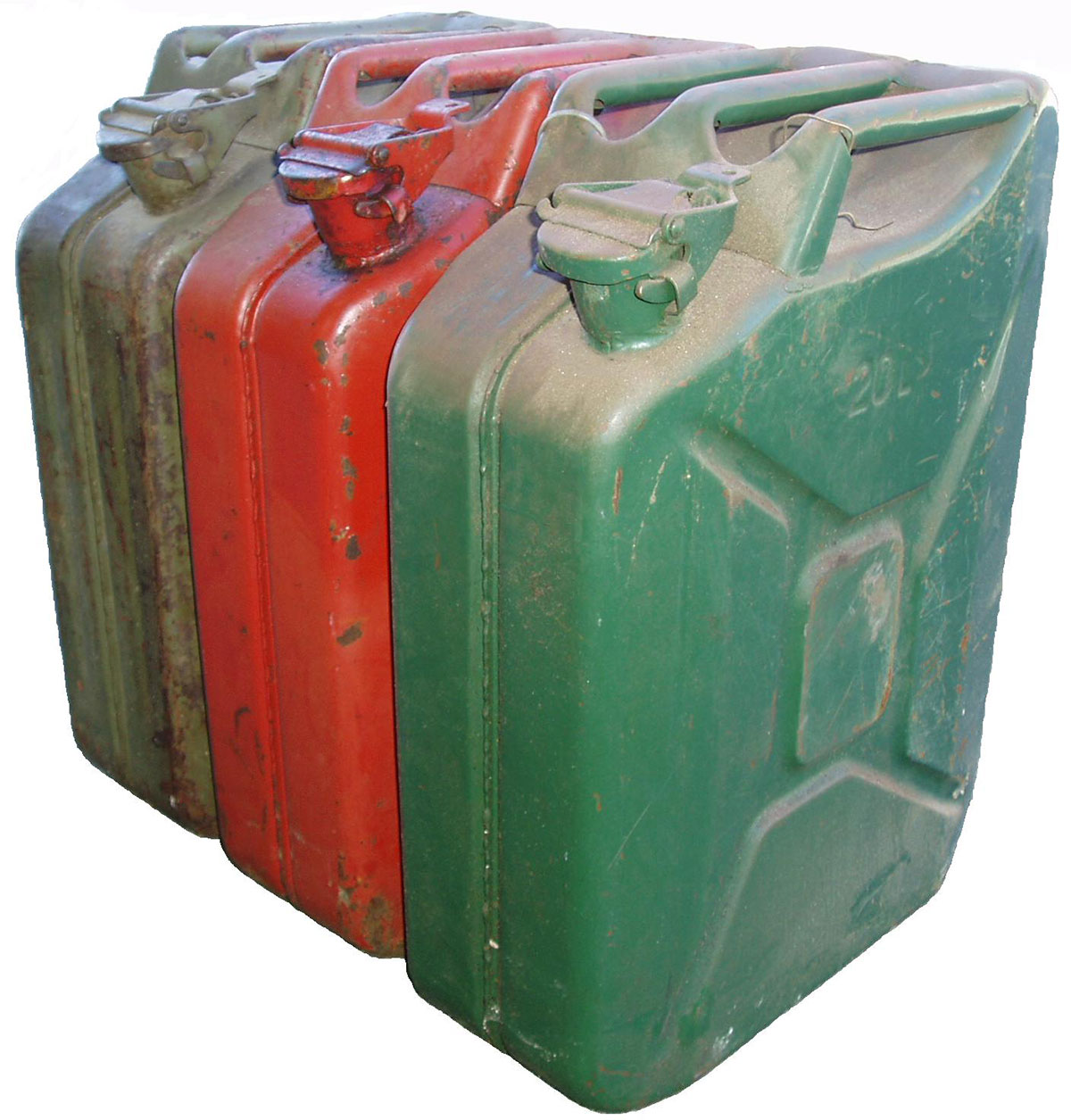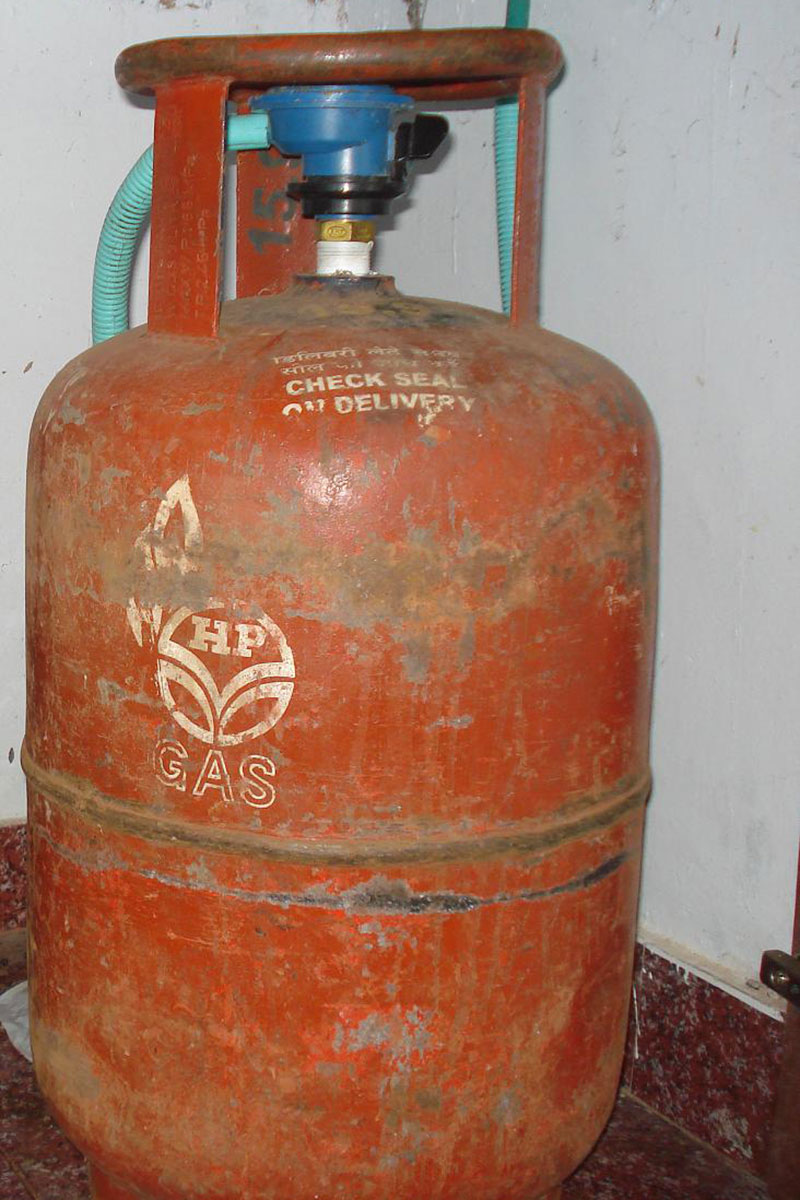There’s nothing more frustrating than running out of fuel or gas during a long outback adventure. Trouble is, solving the problem of insufficient fuel and gas is not as easy as it might seem. For starters, there are considerations for safety, practical and legal concerns. Subsequently I sifted out a few of these matters with the assistance of the Royal Automobile Club of Queensland (RACQ).
FULL METAL JACKET

Metal or plastic jerry cans are the typical solution in order to carry extra fuel and must be designed to carry fuel and comply with the appropriate Australian Standard. The best choice is metal as it’s more likely to take a blow without cracking. However, plastic containers are lighter than their metal equivalents.
JERRY MANDATE
Transferring any flammable liquid can cause static build-up and sparking in some circumstances, and synthetic clothes can also cause a static spark that can ignite vapours.
Don’t store jerry cans inside your vehicle as fuel vapour causes nausea, drowsiness and headaches and is potentially poisonous. Jerry cans should not be carried in a boot of a car as shaking causes petrol to vaporise and expand, resulting in potential ignition when the cap is removed. Remove container caps slowly and the opening should be pointed away from the face and body.
When carrying jerry cans that might contain different fuels, consider using a common colour code. Use red for unleaded fuel, yellow or black for diesel although black is sometimes used for oil, blue for water and orange for ethanol. Fuel containers should never be left in the sun or near a flame or any other source of ignition, and there should be no smoking in the vicinity. Keeping jerry cans in the shade is also a sensible consideration.
LPG gas should never be carried inside a vehicle unless the vehicle is properly ventilated down low.

Fuel containers cannot be carried anywhere that’s prone to impact in case of a collision on the front of your vehicle, the rear of caravans, or on the drawbar of trailers. If they’re mounted on the rear of your car, you must be an approved, ADR compliant holder.
Carrying fuel on the roof requires secure roof baskets and fuel should be strapped. Generally, avoid carrying fuel on the roof because of the roof’s weight limits. Remember, a 20L fuel container weighs about 23kg when full and large containers might affect your car’s centre of gravity.
RULES OF CONTAINMENT

Any containers you need must be loaded, secured, segregated, transported and unloaded safely. Containers must be fit for the purpose of transporting dangerous goods and not be altered or damaged. You can only carry a total of 250L of fuel in jerry cans and 50L of LPG or two 9kg gas cylinders.
PASSING THE TEST

Gas cylinders manufactured in Australia should be marked in accordance with the provisions of Australian Standard AS 2030.1 that shows they’ve been physically tested to demonstrate they can withstand their design pressures. A cylinder outside its test date or with excess damage should not be filled. Finally, an LPG cylinder should only be filled with LPG. Gas shouldn’t be carried on its side. Some states have different rules in relation to carrying and installing gas.
INSURANCE ASSURANCE

Be mindful of the requirements of your insurance. Your insurer may place limits on how much fuel and gas you can carry and how they can be carried.
MEET THE AUTHOR

David Gilchrist
David Gilchrist is a Brisbane based journalist, author, radio presenter/producer and documentary filmmaker. As a filmmaker, David has worked with ABC Landline, ABC Compass and ABC Open. In radio he has worked in community radio as a presenter, a 4EB producer and ABC local radio as a community correspondent. David has produced on-line video content for ABC and several magazine and content providers. Beyond video production for his business 4G Production, he has written for a variety of publications including The Independent in London, Australian Geographic, Outthere and The Australian Newspaper, The West Australian and The New Zealand Herald, Caravan World and Camper Trailer Australia. The Queensland Hotels Association published David’s first book Raising the Bar and Penguin Random House published his second book Life in the Saddle which became a best seller in its genre.





